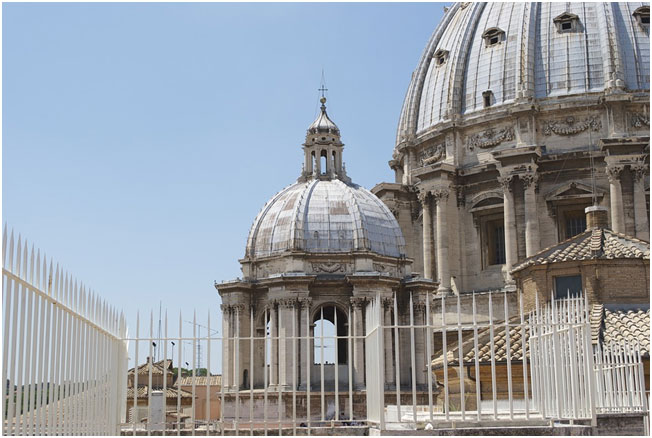
Nature of the Work
Religious beliefs, be they Buddhist, Christian, Jewish, Muslim, or based on some other religion, are significant influences in the lives of millions of Americans and prompt many believers to participate in organizations that reinforce their faith. In the United States about 95% of all religious organization members are Christians. Protestants (52%) comprise the largest group but consist of many denominations such as Baptists, Lutherans, Methodists, and Presbyterians. The Christian Roman Catholic Church accounts for 37% of religious organization membership and is the single largest religious body in the United States. Other Christians belong to the Church of Jesus Christ of the Latter Day Saints (3%) and Eastern Orthodox sects (1%). Non-Christians account for the remaining 5% of religious organization members; four out of five are Jewish.
Clergy are religious and spiritual leaders, and teachers and interpreters of their traditions and faith. They organize and lead regular religious services on the Sabbath and on religious holidays, and conduct special wedding and funeral ceremonies upon request. They may lead worshipers in prayer, administer sacraments, deliver sermons, and read from sacred texts such as the Bible, Talmud, or Koran. When not conducting worship services, clergy organize, supervise, and lead religious education programs for their congregations. Clergy often visit the sick or bereaved to provide comfort, and counsel persons who are seeking religious or moral guidance, or who are troubled by family or personal problems. They also may work to expand the membership of their congregations and solicit donations to support its activities and facilities.
Clergy serving large congregations often share their duties with an associate or have more junior members of the clergy to assist them. They often spend considerable time on administrative duties. They oversee the management of buildings, order supplies, contract for services and repairs when necessary, and supervise the work of paid staff and volunteers. Clergy also work with committees and officials, elected by the congregation, who guide the management of the congregation's finances and real estate.
Working Conditions
Members of the clergy typically work long and irregular hours. Of those who served fulltime as clergy, about one third spent at least 60 hours a week on their duties. Although many of their activities are sedentary and intellectual in nature, they are frequently called upon at short notice to visit the sick, comfort the dying and their families, and provide counseling to those in need. Involvement in community, administrative, and educational activities may require clergy to work evenings, early mornings, holidays, and weekends.
Employment
There were 49,850 people in the clergy in 2017. Industries with the highest employment level of clergy are as follows: religious organizations, general medical and surgical hospitals, home health care services, nursing care facilities and elementary and secondary schools. States with the highest employment level of clergy are as follows: New York, California, Oregon, Texas and Michigan.
Training and Other Qualifications
Educational requirements for entry into the clergy vary greatly. About 3 out of 4 members of the clergy have completed at least a bachelor's degree. Many denominations require that clergy complete a bachelor's degree and a program of theological study; others will admit anyone who has been "called" to the vocation. Some sects do not allow women to become clergy.
Individuals considering a career in the clergy should realize they are choosing not only a career, but a way of life. Religious leaders need to exude self-confidence and self motivation, while remaining tolerant and able to listen to the needs of others. They should be capable of making difficult decisions, working under pressure, and living up to the moral standards set by their community.
Job Outlook
The job outlook for members of the clergy is expected to increase by 6% from 2014 to 2024. There is a pretty consistent need for members of clergy, however, as the population increases, so do the number of churches and in turn, a necessity of more clergy members.
Earnings
The median annual salary for clergy members was $47,100 in 2017. The lowest 10% made $25,430 or less and the highest 10% made $80,060 or more. Clergy members, however rarely choose their profession for salary, and choose their profession based on a desire to serve.
Related Occupations
Director of religious activities and education, social worker
Image Source: Pixabay.com
